Some thoughts about embodied AI hardware and how STEM education will be transformed

As artificial intelligence (AI) and robotics continue to advance at a rapid pace(nowadays we call it embodied AI), their applications in education, particularly in STEM (Science, Technology, Engineering, and Mathematics), are becoming increasingly significant. Recent trends and insights highlight the growing importance of integrating AI and robotics into learning environments to foster innovation and practical skills among students.
Current AI Trends and Opportunities
AI applications are evolving, offering immense potential across various domains. Notably, platforms like ChatGPT and GPT-4-turbo are revolutionizing human-computer interactions. These advancements suggest that new, universal AI-powered devices are on the horizon, capable of seamless, natural interactions with users.
However, as seen by myself, some facts are clearly visible:
- people suspect that AI applications mobile devices and PC won't have too much opportunities to grow, as the nature of the so-called AI applications equal to mobile APP with human-machine interaction model, and penetration of screen usage can't grow more.
- New human-computer interaction paradigm will be brought by LLM, a universal device with frictionless and natural interaction will be dominant.
- To achieve such interaction capabilities, the AI will need to be based on multimodalities, and apparently the mobile phones got way too much frictions with the physical world. The AI-powered robots that can perceive, learn and interact with the physical world could become the universal device. It's yet to see the proper one as most of the AI devices still can't move and operate independently.
- No one could tell what would become the killer app of such deivce. For example, Apple Macintosh comes in 1976 while the killer app like EXCEL comes 1979. The killer app could only be defined by users or startups instead of from the manufacturers.
- So such device(from 0 to 1) we could only expect it to be created without being created with certain purposes. Sounds bit weird but that is the case.
AI and Robotics in STEM Education
To expect the mentioned universal device above, the potential for AI and robotics to play a transformative role in education, particularly in STEM fields becomes huge.
For instance, from the traditional PC and mobile touchscreens to advanced voice command, VR/MR and eye-tracking interfaces, AI not only makes interactions more intuitive and efficient, but also allows devices becoming more adept at understanding and responding to natural human interactions.
Robotics kits with built-in AI capabilities provide hands-on learning experiences that are crucial for understanding complex but up-to-date STEM concepts. These tools enable students to build, program, and interact with robots, fostering critical thinking and problem-solving skills, and on top of that, pave the way for them to build their own universal AI devices.
For example, now students can create end-to-end flow, allowing their smart dog-like robots with camera and microphones patrol in the garden and collect real world data e.g. the crack on the wall, then pass through to the trained AI in the cloud to define the maintenance plan. Such practical experience is invaluable in preparing them for future careers in technology and engineering.
The Evolution of AI Devices
AI devices are evolving from basic, single-function tools to sophisticated systems capable of autonomous learning and interaction. However, the journey towards fully autonomous AI devices is ongoing. Current AI-powered robots are effective at specific tasks but often require human guidance and input for complex activities. This collaborative dynamic between humans and AI highlights the importance of continued innovation and development in this field.
The challenges of LLM is that, even with the added multimodal support, it doesn't do reasoning/planning as normally understood thus hard for embodied AI to perform tasks properly. What they do instead, armed with web-scale training, is a form of universal approximate retrieval, which, as I have argued, can sometimes be mistaken for reasoning capabilities. (Can extract more info from this article: Can Large Language Models Reason and Plan?)
The good news is that some latest research of the 'world model' shed the light for solving the challenges. More details will be described in our next articel :)
Preparing for the AI-Powered Future
To ensure that students are well-prepared for the future, it is essential to equip them with the right tools and knowledges. Sheen Technologies provide not only robotics kits and AI gadgets designed to provide students with a comprehensive understanding of AI and robotics, but also the easy to understand theoretical guidance so students can Our kits offers:
Modular Components
Easy-to-assemble parts that allow students to experiment and innovate, including kits for ESP32, Raspberry Pi and Arduino.
Comprehensive Guides
Step-by-step instructions and tutorials to help students get started and progress to advanced projects.
Technical Support
Access to technial expert for collaboration and problem-solving once you purchased the service from sheen.co.za.
By integrating these tools into the curriculum, South African educators can create a dynamic and interactive learning environment that inspires curiosity and creativity for students.
Conclusion
The integration of AI and robotics into STEM education is not just a trend but a necessary evolution. As we move towards an AI-powered future, it is crucial to provide students with the skills and knowledge they need to thrive. Our range of robotics kits and AI gadgets are designed to do just that, making learning both fun and educational.
Explore our collection today and take the first step towards preparing the next generation of innovators and thinkers for the challenges and opportunities of tomorrow.


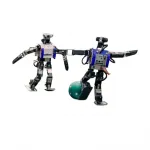
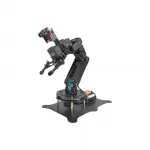
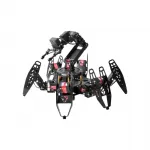
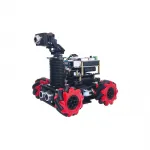
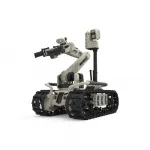
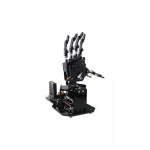
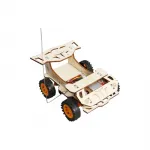

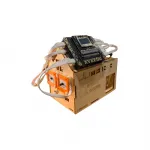

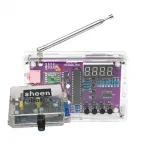
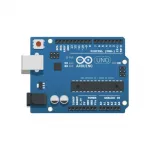

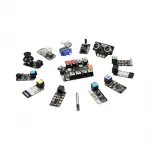
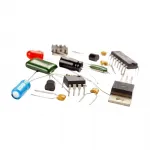

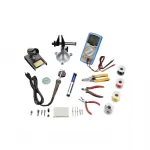



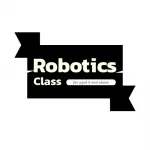






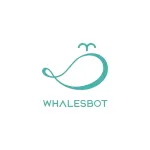



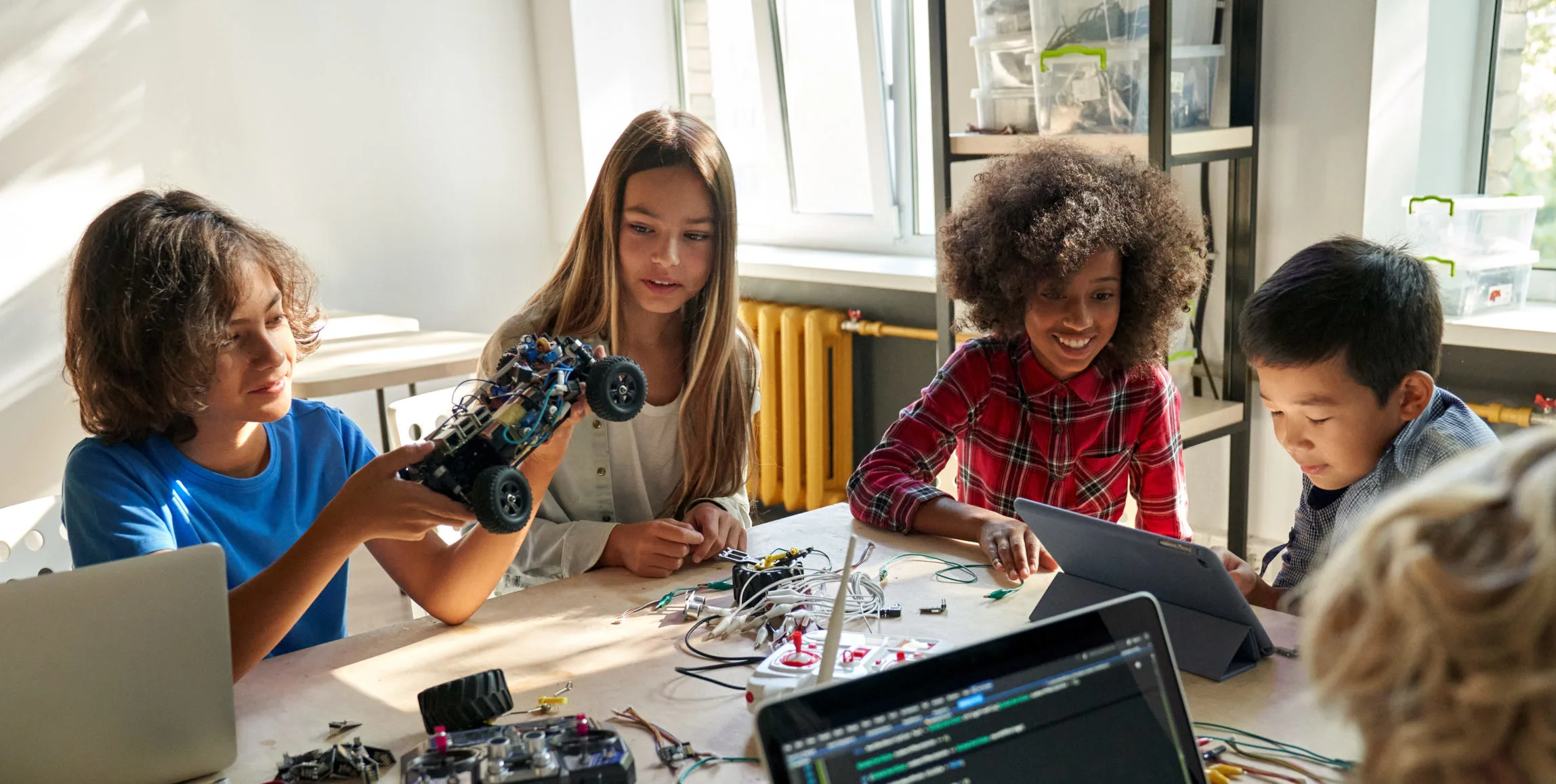
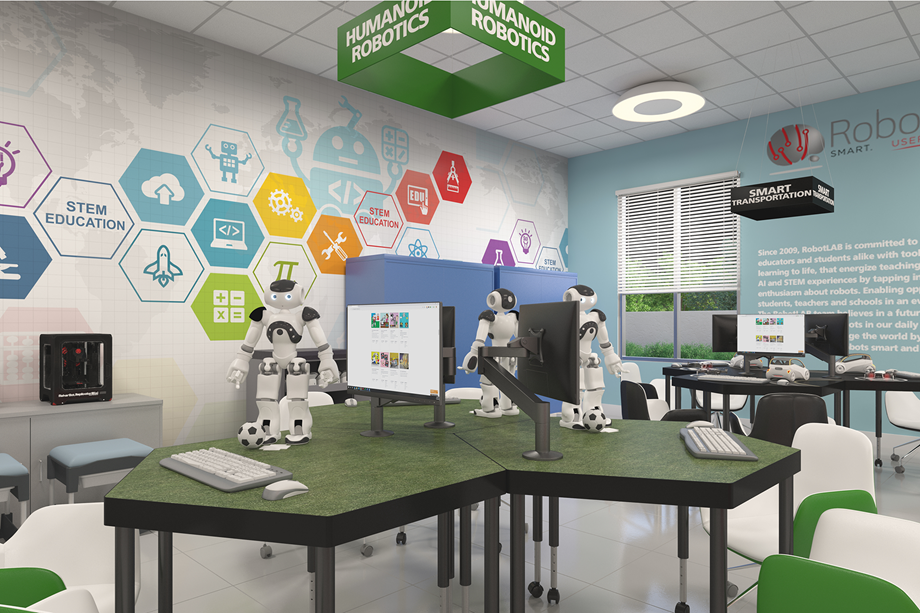

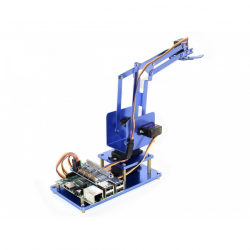
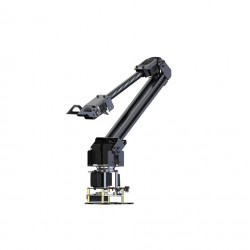


2 Comment(s)
Các sự kiện trên FB88 luôn thú vị, họ luôn có những hoạt động mới để người chơi tham gia.
FB88 cung cấp nhiều chương trình khuyến mãi cho người mới tham gia, tôi cảm thấy rất được chào đón.
Tôi rất đánh giá cao cách FB88 cập nhật các game mới liên tục, tôi luôn có thứ mới mẻ để chơi.
Trang web của FB88 thiết kế rất dễ nhìn, tôi có thể tìm thấy mọi thứ chỉ trong vài giây.
Tôi thích các phương thức nạp và rút tiền đa dạng mà FB88 cung cấp, rất tiện lợi.
FB88 cung cấp rất nhiều loại trò chơi bài, tôi luôn tìm được trò chơi phù hợp với mình.
Leave a Comment